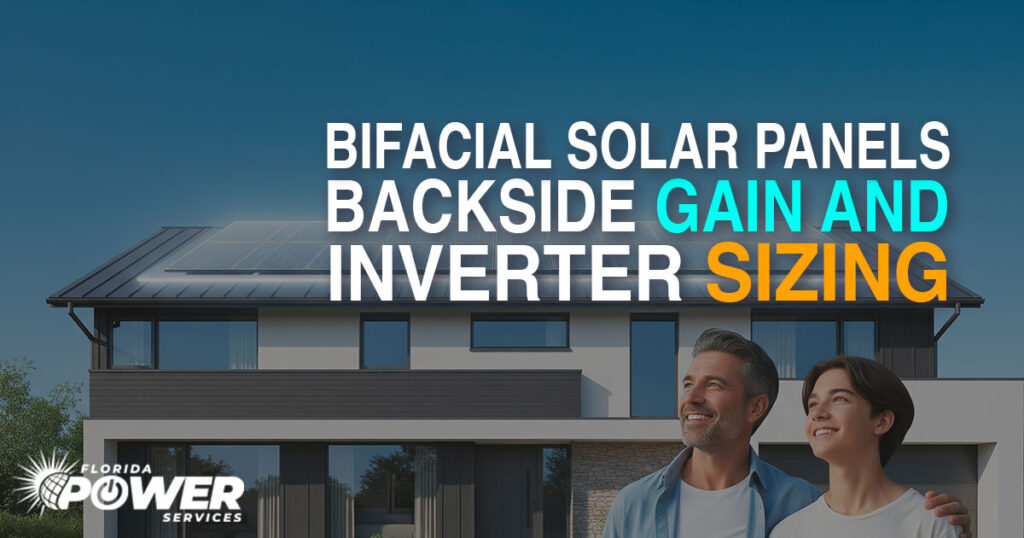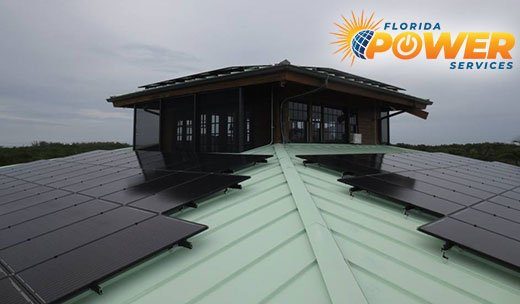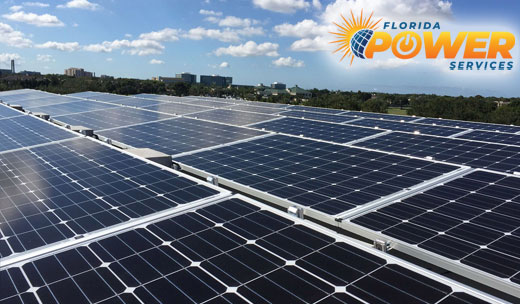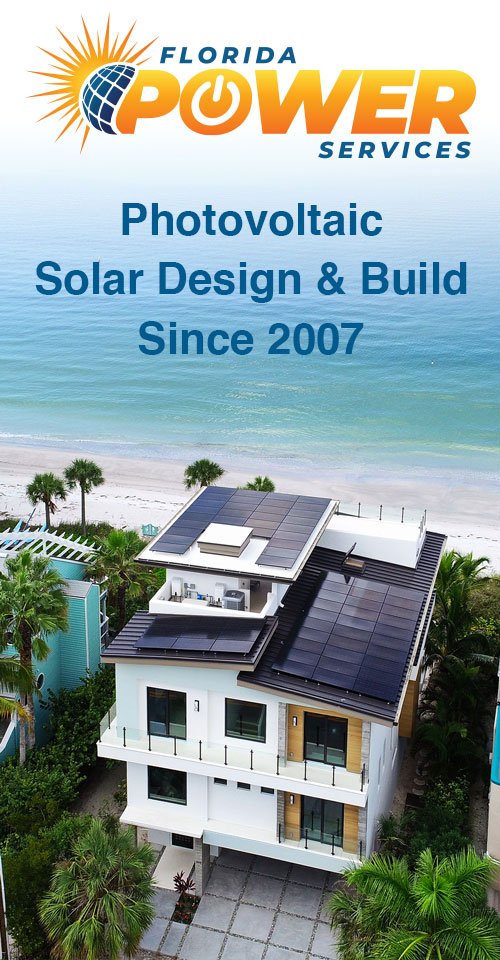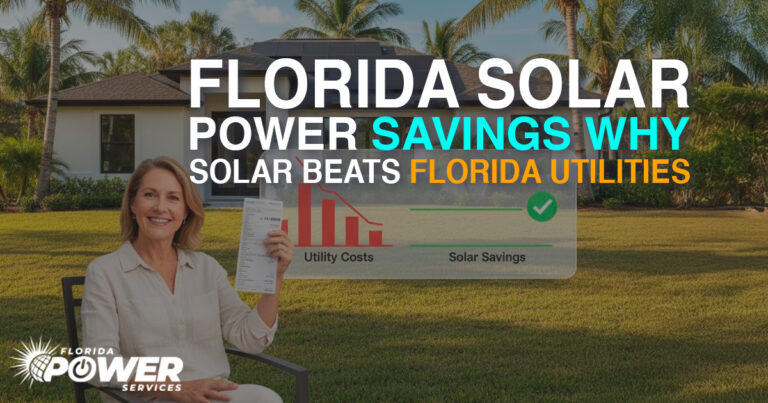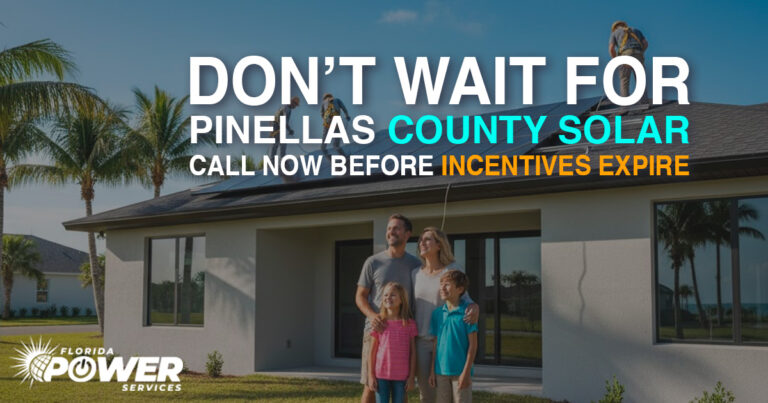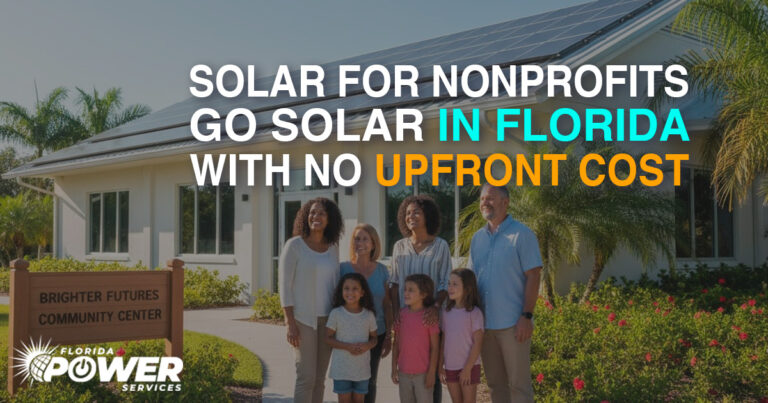Bifacial solar panels are becoming a smart upgrade for homeowners who want to increase energy production without using more roof space. These high-performance panels generate electricity from both the front and rear sides. The extra power can boost your system’s overall efficiency, especially when installed over reflective surfaces.
But the added output comes with a design challenge. To protect your system and maximize results, you need to size your inverter correctly. If you don’t, you risk shutdowns or long-term damage. This guide explains how bifacial solar panels work, what “backside gain” means, and how to size your inverter the right way.
☀️ How Bifacial Solar Panels Work
Unlike traditional panels, bifacial solar panels collect sunlight on both sides. They use a transparent backsheet or glass on the rear to allow reflected sunlight to hit the backside of the cells. Manufacturers test these panels using a standard called Bifacial Nominal Power Irradiance (BNPI).
Here’s how that works:
- Front irradiance: 1,000 W/m² (direct sunlight)
- Rear irradiance: 135 W/m² (reflected light)
If a panel is rated at 435 watts, like Hyundai’s HiN-T435NF(BK), the number includes rear-side contribution under test conditions. This assumes some reflection from the ground or roof surface.
But in real-world use, results vary. Surfaces like concrete, sand, white TPO roofing, or gravel reflect light well. Grass or shingles reflect less. Your actual energy gain depends on what’s underneath your panels.
🔋 Why Backside Gain Affects Inverter Design
Every solar system uses an inverter to convert direct current (DC) from the panels into alternating current (AC) for your home. Inverters have strict voltage and current limits. Too much input can cause failure.
While bifacial solar panels do increase total energy output, inverter design must follow conservative rules. You should size the system using only front-side ratings. That’s because cold weather, cloud edge effects, and bright mornings can cause voltage spikes.
If you size your strings based on total power including rear gain, the system might exceed safe limits. This can lead to:
- Sudden shutdowns
- Inverter errors
- Permanent damage
The safest approach is to treat backside gain as bonus energy. Don’t include it when calculating string size or voltage input.
✅ How Major Inverter Brands Handle Bifacial Solar Panels
⚙️ SMA (Sunny Boy, Tripower, CORE1)
SMA inverters pair well with bifacial solar panels. Their Sunny Design Web tool calculates system sizing using front-only values. It adjusts for low temperatures and ensures you stay within voltage limits. SMA lets you model rear gain for energy estimates, but not for electrical sizing.
⚙️ Tesla Solar Inverter + Powerwall
Tesla systems keep things simple. Their software handles buffering and optimization. But string design still follows front-side ratings. Rear gain never affects voltage calculations. This helps prevent overloads and keeps the system running smoothly.
⚙️ SolarEdge with Power Optimizers
SolarEdge inverters use DC optimizers to manage power at each panel. This works well with bifacial solar panels, especially when light conditions vary. Still, the inverter itself has a fixed voltage limit, usually between 480 and 600 volts. The SolarEdge Designer tool helps model rear-side energy while keeping all inputs within safe specs.
⚠️ Installer Tip: Size Strings for Safety, Not Extra Output
At Florida Power Services, we’ve designed and installed solar systems across Florida for over 15 years. We’ve seen firsthand how bifacial solar panels can boost energy production, but only when the system is sized correctly.
Rear-side gain is a valuable performance benefit, but it should never factor into your string sizing or electrical calculations. Our team always designs using:
- Front-side open-circuit voltage (Voc)
- Adjusted values for winter temperatures
- Inverter’s maximum DC input
📊 Real Example: Hyundai Panels on a Reflective Roof
Say you install Hyundai HiN-T435NF(BK) panels over a white TPO flat roof. The high reflectivity could give you up to 15% extra output from the rear side.
Even so, your string design must use the 435W front-side value. This ensures you stay within safe voltage limits, even on cold mornings. By doing this, you keep your system efficient, safe, and compliant.
🧠 Tips From the Field
Use conservative sizing.
Always plan based on worst-case voltage, typically cold mornings with full sun. This keeps your system stable.
Take the surface into account.
Reflective surfaces like concrete, white gravel, or membrane roofing increase rear gain. Grass and shingles do not. Estimate performance realistically.
Rely on tested tools.
Design tools like SMA Sunny Design, SolarEdge Designer, and Tesla’s layout platform are designed to help. Use them to simulate gain but stick to front-side specs when calculating electrical input.
Focus on code compliance.
The National Electrical Code requires voltage calculations based on expected site conditions. Following these rules helps prevent failures and keeps your warranty valid.
📈 How Much More Power Can You Expect?
The extra energy produced by bifacial solar panels depends on several real-world factors. When installed under the right conditions, these panels can boost your total system output by 5% to 20% each year. That extra power improves your return on investment and increases overall efficiency, especially in homes with limited roof space.
Below are the key elements that influence how much backside gain you’ll actually see:
🪞 Surface Reflectivity (Albedo)
Albedo is the measure of how much sunlight a surface reflects. Surfaces with high albedo, such as white TPO roofs, concrete, sand, or gravel, bounce more light onto the back of the panels. Darker surfaces like shingles, dirt, and grass reflect less.
📏 Panel Height and Tilt
Raising panels higher above the mounting surface allows more light to reach the rear side. Greater tilt angles can also improve rear exposure, especially on flat rooftops or elevated carports. Installations with low tilt or flush-mounted panels see much less backside gain.
☀️ Regional Weather and Sun Angles
The position of the sun changes with seasons and latitude. In Florida, low-angle winter sunlight can reflect more effectively off bright surfaces, boosting rear gain during cooler months. Clear skies and high solar irradiance throughout the year support consistent energy collection from both sides.
🔲 Panel Spacing and Shading
Rows of solar panels that are tightly packed can cast shadows on each other, limiting how much light reaches the rear. Increasing spacing between rows reduces shading and improves backside performance. Avoiding obstructions like chimneys or nearby trees is also key.
🚀 Bottom Line
Bifacial solar panels can deliver big energy gains, but they require careful system design. You should size your inverter using front-side performance only. Rear gain adds value, but they shouldn’t change your electrical layout.
At Florida Power Services, we’ve been building high-efficiency solar systems since 2007. We’re a trusted solar contractor working with top-tier equipment, trusted design tools, and the conditions unique to Florida homes. Whether you’re adding bifacial panels to your new build or upgrading an existing system, we’ll make sure every part is sized for performance, safety, and long-term value.
📞 Contact us today to schedule a design consultation and find out how bifacial solar panels can work for your roof.

